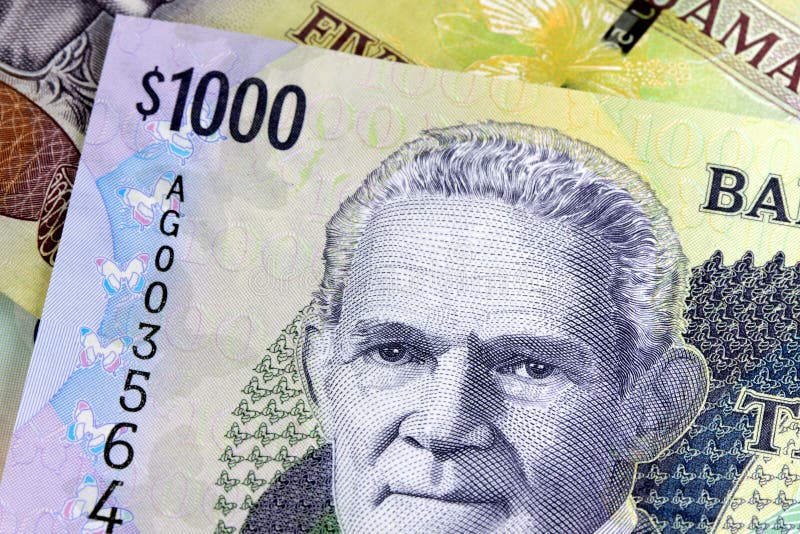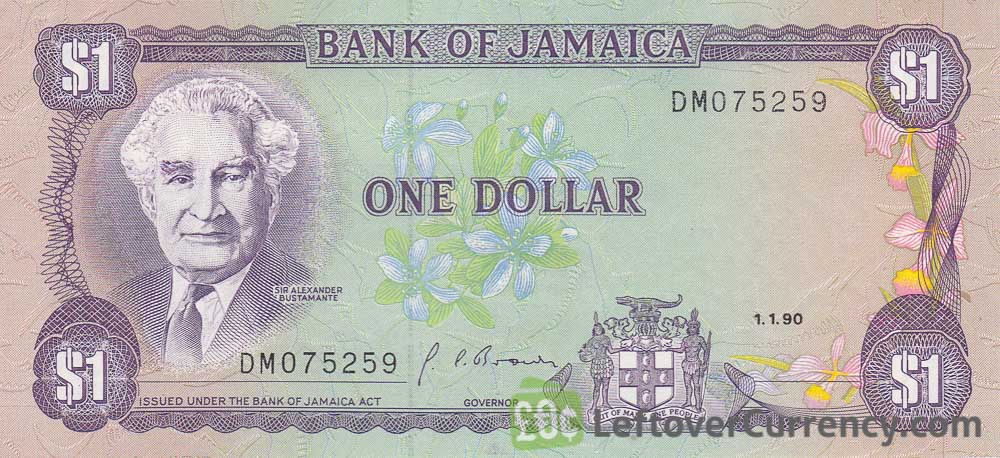
They released the notes of 5 shillings, 10 shillings, 1 pound & 5 pound in May of 1961, But in 1960, The (BOJ) Bank of Jamaica, was given the job of producing bank notes as well as to mint coins. Read more on the history of Jamaica here. Those were the currencies used back in the day, before our independence in 1962 and also a few years after. They also spoke of quatties, pennies and half pennies -all legacies of British Colonial rule. I heard my grandparents speak about the days of the pound, shilling and pence, and the vast amount of things they could buy. The Introduction of the Jamaican Currency Look at the introduction of the Jamaican currency.

To get some insight, let’s go back in history and take a You 'bet your bottom dollar', pun intended, that the money you have today, may be worth squat Jamaica, if not everyday, ever too often :-) Yep, that our local association of inflation and fluctuation of the exchange rate in relation to the Jamaican dollar. You know that dollars could fly, run and slide? Well, it happens right here in
Jamaica currency to usd plus#
Yes: order online at the airport and you can earn Iberia Plus Avios or Air Europa SUMA Miles.New! Ready To Visit Jamaica? Look Here for amazing deals and discounts on our new hotel booking page! And consider booking a private tour with us! You must visit your bank at least twice, and wait meanwhile for your money to arrive. On your door, in just 48 to 72 hours (free delivery for orders over €300) or collect it yourself at the airport, on your journey. Prepare for refusals and complaints in foreign languages when paying with «big» banknotes Of course! We care about you and your needs while you travel abroad. The bank has its own margin and adds a commission.Ĭurrency divided in different denominations. The margin of Globalexchange.es is lower than that offered at the airport. This is a peripheral service for them and they always try to give you dollars.Īlways ready, immediately, in our branches at the airport.īanks order currency and have to await delivery. This coin bore the portrait of national hero, Marcus Garvey, and was the first bimetallic coin to be produced by Jamaica. In March 2000, a bill of $1,000 was put into circulation and in July of the same year, $20 note was replaced by a coin.

In 1999 it was decided to include another banknote and a coin of 10. The new structure of coins would include the following denominations: 1, 10 and 25 cents, $1 and $5, while the notes would be 10, 20, 50, 100 and 500 dollars. In June 1994, the Council of Ministers approved a new monetary structure according to which the banknote of $5 would be replaced by a coin, the $1 by 25 cents of dollar, 10 cents would have a new look and the 5 cents would be abandoned. It was also considered appropriate to keep the same colours and size in the banknotes as the previous ones. As for banknotes, it was recommended that portraits of national figures should replace the portrait of the Queen and a motto should be incorporated into the design of the new banknotes. The Committee recommended that, as far as possible, the new coins should be the same size and weight as the coins of the pounds, shillings and pence, as people were used to them. On 30th January 1968 the Jamaican House of Representatives voted unanimously the introduction of the dollar to replace the Jamaican pound.

Previous to the Jamaican dollar, which was introduced in 1969, the official currency was the pound sterling. The symbol is $, J$ or JA$ to distinguish it from the American dollar and other dollars. The Jamaican dollar is the monetary unit of Jamaica, where it is issued, since 1969.


 0 kommentar(er)
0 kommentar(er)
